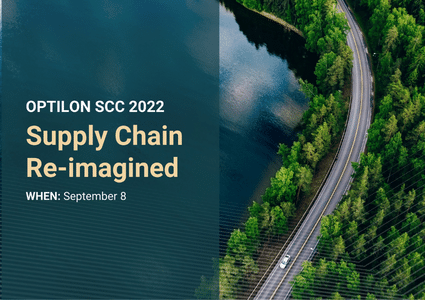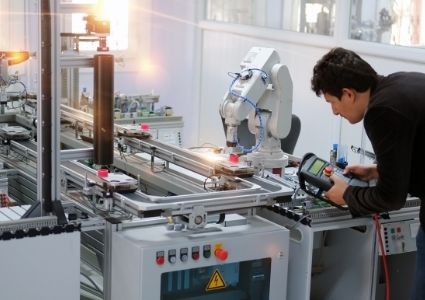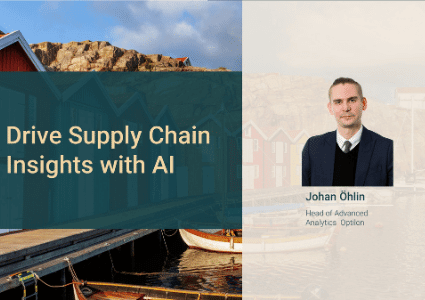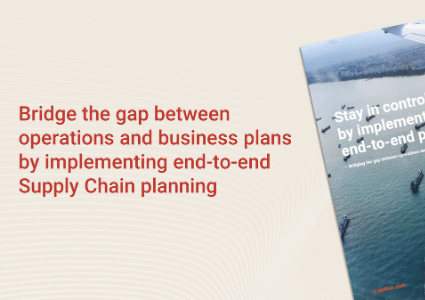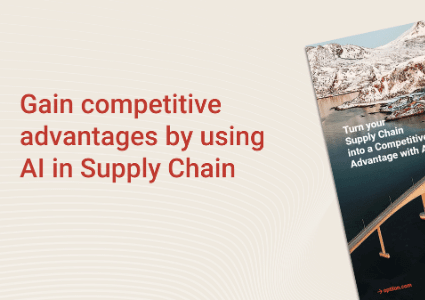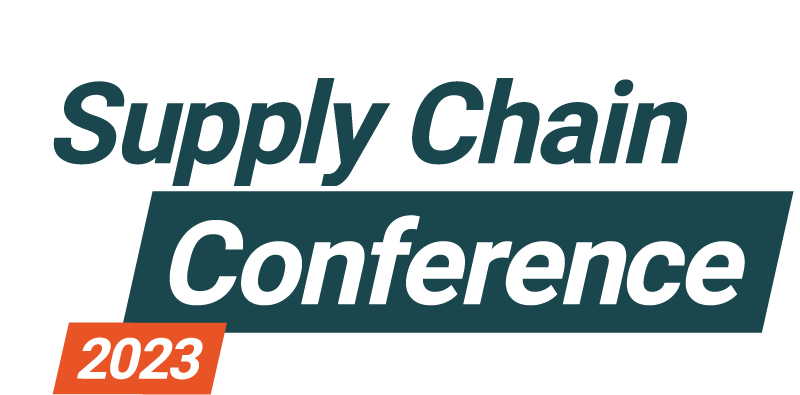S&OP is even more relevant in today’s business environment where complexity is increasing due to:
– Short delivery time expectations
– Customization – “on size fits all” is long gone, leading to increasing product portfolio complexity
– OMNI channel environments – scattering the demand
– Higher complexity in supplier networks
– Disruptive new players changing the name of the game
The growing complexity suggests that S&OP has an even more critical role to play in the future. The process needs to be sharpened, if to continue contributing to Supply Chain competitiveness. Digitalizing the S&OP process may generate the need of further competitiveness; research shows that the digitalized S&OP process demonstrates stronger performance. The digitalized version is recognized to further increase forecast accuracy, as well as reduced inventory investment and stable/increased service level.
Benefits of a Digital S&OP process approach
A digital S&OP process creates benefits regarding integration and collaboration as well as accuracy and speed. Taken together, the digital S&OP process draws the participants’ focus to define resolutions and make decisions for critical exceptions. The digital S&OP frees up participants’ time automating recurring tasks of data collection, scrubbing and analysis. Human invention is limited to and leveraged where it beats automation.
The digital S&OP can advance integration enhancing collaboration internally and externally
Internal data integration; making details of the unified data source available to all
- Securing that no parallel truth and related suboptimization exits
External integration: extending available data sources to include information up- and/ or downstream the supply chain
- Forward integration – forecast data collaboration with customers
- Backwards integration – constrain data collaboration with suppliers
The digital S&OP provide greater accuracy and speed
The greater accuracy is accomplished through applying advance analytics and combining data from multiple sources beyond those of traditional S&OP systems. Example of non-traditional S&OP data is external demand drives such as macroeconomic parameters and weather data. Applying advanced analytics drives quality regarding forecast accuracy, creating a stable planning base. The accuracy is improved over time as the algorithm is trained, learning, and adjusting from comparing discrepancies between plan and reality. Despite the fact that the digital S&OP utilizes many more data sources, data processing time cannot be compared with semi manual analysis made in spread sheets; the digitalized S&OP reduce processing times from days to minutes or hours dependent on data volume and complexity.
The digitalized S&OP is demonstrated to perform stronger than the manual
Manual and digital S&OP processes are evaluated on the same KPIs. Research shows impact of the digital S&OP as stated in below list. NOTE the quantified impacts are in addition to the impact already obtained through conventional S&OP:
- 10% increase in production capacity
- 30-50% MAPE (forecast error) improvement
- 50% reduction in planning time (related to S&OP preparation and operational demand and supply planning)
Digitalizing S&OP will not fix an underperforming S&OP process
Unfortunately, digitalizing the S&OP process is not a short cut to fix existing problems in an underperforming process. Digitalized or not – a successful S&OP process requires its cornerstones to be in place:
- Process – solid workflow fundamentals
- People – the right governance
- Data and analytics – a well-defined, shared data baseline
That being said – S&OP digitalization is not a short cut to excellence. Our conviction is that malfunctioning cornerstones of the process should be addressed before digitalization.
Summary
Digitalizing the S&OP process opens to leverage many more data sources and applying far more complex analytics than what can be achieved in a set of spread sheets. The gains in effectiveness are indisputable, empiric studies conclude that process performance increase. Given the potential which has been experienced when digitalizing the S&OP process, we at Optilon advocate every Supply Chain function to add S&OP digitalization as a prioritized initiative to its development agenda. The digitalized S&OP process responds to the ever-increasing complexity of today’s business environment.
If you would to learn more about our approach to S&OP and Supply Chain planning from an end-to-end perspective, then we invite you to take a closer look at our whitepaper that you can download for free below:





